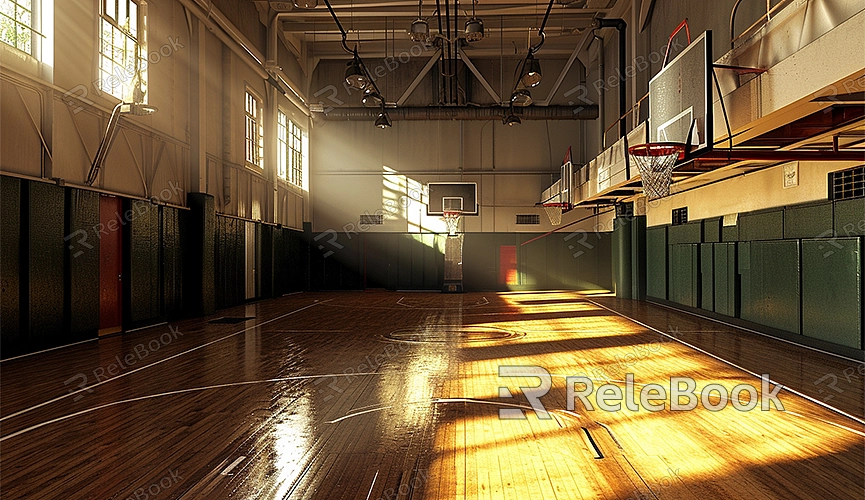Can You Create 3D Models in Unity
Unity is a popular game development engine used for creating both 2D and 3D games. While Unity is primarily employed for game development, it is not the tool of choice for directly creating 3D models. Unity itself is not a 3D modeling software; rather, it is utilized for rendering and managing already created 3D models, scenes, and game content. In Unity, you can import models created in other 3D modeling software such as Blender, Maya, or 3ds Max and use, edit, and manage them within the game.

Steps and Basic Workflow
1. 3D Modeling Tools in Unity:
Unity provides a set of built-in 3D modeling tools, allowing users to create 3D models directly within the Unity environment without relying on external modeling software.
2. Import External Models:
If users have utilized other 3D modeling software (such as Blender or Maya), they can import existing 3D models into the Unity project for more flexible creative work.
3. Set Materials and Textures:
In Unity, you can add materials and textures to models to enhance their realism and visual effects.
4. Adjust Lighting Effects:
Utilizing Unity's lighting system, you can adjust the lighting effects in the scene to achieve realistic results under different lighting conditions.
5. Add Animation and Interaction:
Using Unity's animation system, you can add animation effects to models and implement user interaction through scriptwriting.
6. Test and Optimize:
Conduct real-time previews in Unity, test how models perform under different scenarios, and optimize them as needed.
7. Publish and Deploy:
Integrate the created 3D models into the Unity project and finally publish them to the target platform, such as PC, mobile devices, or virtual reality headsets.
Model Usage in Unity: Immersive Virtual Scenes
Firstly, create a realistic 3D architectural model in Unity, including buildings, streets, and vegetation. By setting materials and textures, give the buildings a realistic appearance, such as brick walls and glass windows. Alternatively, you can directly import 3D model scenes created in other modeling software, making the process more convenient.
Add natural lighting and shadow effects to the model, allowing the scene to exhibit subtle changes in lighting at different times of the day. Utilize Unity's animation system to introduce a gentle swaying effect to trees and vegetation, creating a sense of being in a real natural environment.
Users can interact with the scene through VR devices or mouse and keyboard, freely exploring this virtual city. This approach provides users with an intuitive sense of the scale of the architecture and the atmosphere of the surroundings.
By using Unity's publishing functionality, deploy this virtual scene to VR devices, allowing users to immerse themselves in this virtual city constructed from 3D models. This not only offers users a new and immersive experience but also provides a powerful tool for practical applications in fields such as architectural design and urban planning.
Although Unity is not the primary tool for creating 3D models, it can be used in conjunction with other professional 3D modeling software, such as Blender. By importing external models and resources, you can build the 3D world and content needed for games. If you require high-quality 3D textures and HDRI, or if you need 3D model downloads, you can find them on Relebook. After downloading, simply import the textures and 3D models directly into your project for immediate use.

